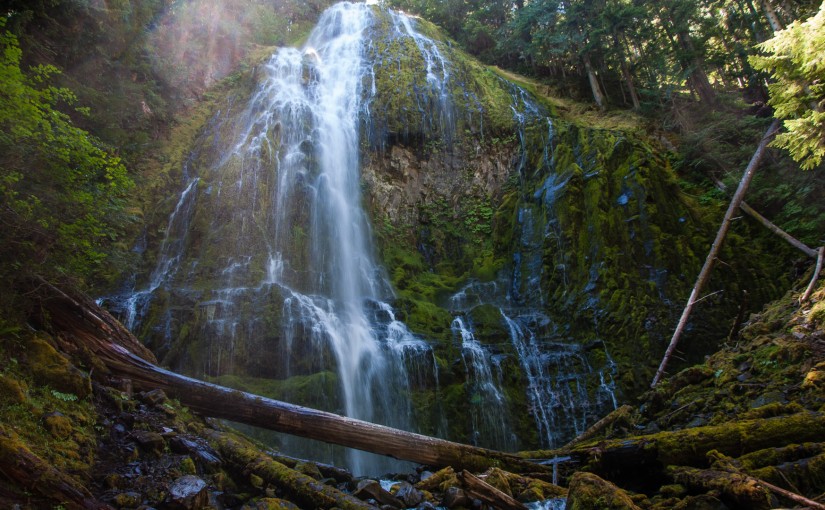-
Proxy Falls: Three Sisters Wilderness

Lao Tzu is credited with saying that “the journey of a thousand miles begins with a single step”. In this day and age, we might change that last word to “click”. Most of us make our arrangements for journeys, or get ideas on where to go and what to do over the internet. Proxy Falls was…
-
Big Thicket National Preserve
Last Saturday found us in the visitor center for the Big Thicket National Forest, north of the town of Kountze. We had stopped in briefly to get information on trails, and now we were back for a respite from the muggy humidity and the bugs after an hour long hike on the Kirby Nature Trail.…
-
Camels Prairie Stash
Still Thursday, July 17. As we left the logging roads that led us to Eggcellent, we headed north for another set of logging roads some 240 miles away in the panhandle. We took Elk River Road to Highway 3, a rural highway that cut north through more typical Idaho scenery: stubby brown hillsides, hay fields, farms,…
-
Lewis and Clark: Lost Horses of Lolo Creek
On the ninth day of our journey, we made our way north from Pocatello up Highway 15, then Highway 90, crossing the border between Idaho and Montana twice as we skirted around the southeast edge of Idaho. We meandered into Anaconda, MT to get some of my precious Taco Time for the third time so…